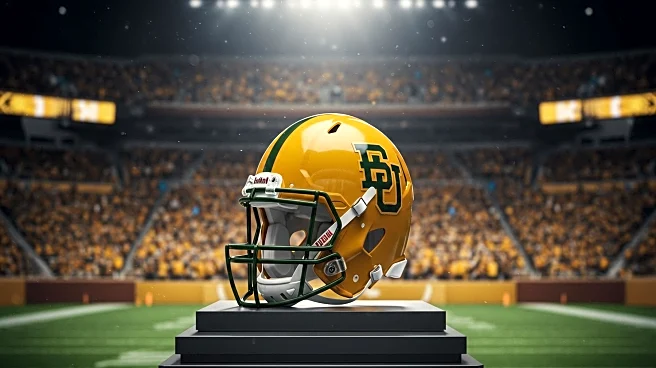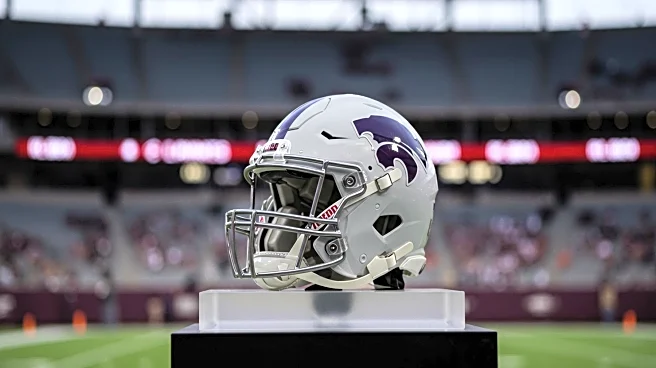Rapid Read • 8 min read
The Texas Tech Red Raiders football team is making significant investments in its roster for the 2025 season, reportedly spending $10 million in Name, Image, and Likeness (NIL) deals to acquire 17 players during the winter transfer window. This strategic move comes after the team finished the 2024 season with an 8-5 record, despite leading the Big 12 in points per game and yards per game. The Red Raiders are focusing on front-loading contracts in anticipation of the House v. NCAA settlement, which may cap earnings for players. Notable acquisitions include former USC running back Quinten Joyner and former Houston tackle Howard Sampson. The team aims to win the Big 12 Championship in 2025, coinciding with the opening of its new $242 million Womble Football Center.
AD
This aggressive investment in NIL deals by Texas Tech highlights the growing influence of financial incentives in college sports, particularly in football. By securing top talent through substantial NIL contracts, Texas Tech is positioning itself as a competitive force in the Big 12 Conference. The move reflects broader trends in college athletics where programs leverage financial resources to attract and retain players, potentially reshaping team dynamics and competitive balance. Success in the upcoming season could enhance Texas Tech's reputation and financial standing, drawing more attention and support from fans and sponsors.
Texas Tech's strategy will be tested in the 2025 season as they aim to capitalize on their investments and achieve a higher ranking in the Big 12. The team's performance will be closely watched, especially in light of the new players and the anticipated House v. NCAA settlement. Success could lead to increased NIL spending across college sports, influencing how teams build their rosters. Additionally, the opening of the Womble Football Center may provide further advantages in training and recruitment, potentially setting a precedent for other programs to follow.
The ethical implications of such high spending on college athletes raise questions about the commercialization of college sports and the impact on student-athletes' academic experiences. As NIL deals become more prevalent, the balance between athletics and academics may shift, prompting discussions on the role of education in college sports. Furthermore, the potential capping of earnings due to the House v. NCAA settlement could lead to legal challenges and policy changes in the future.
AD
More Stories You Might Enjoy










